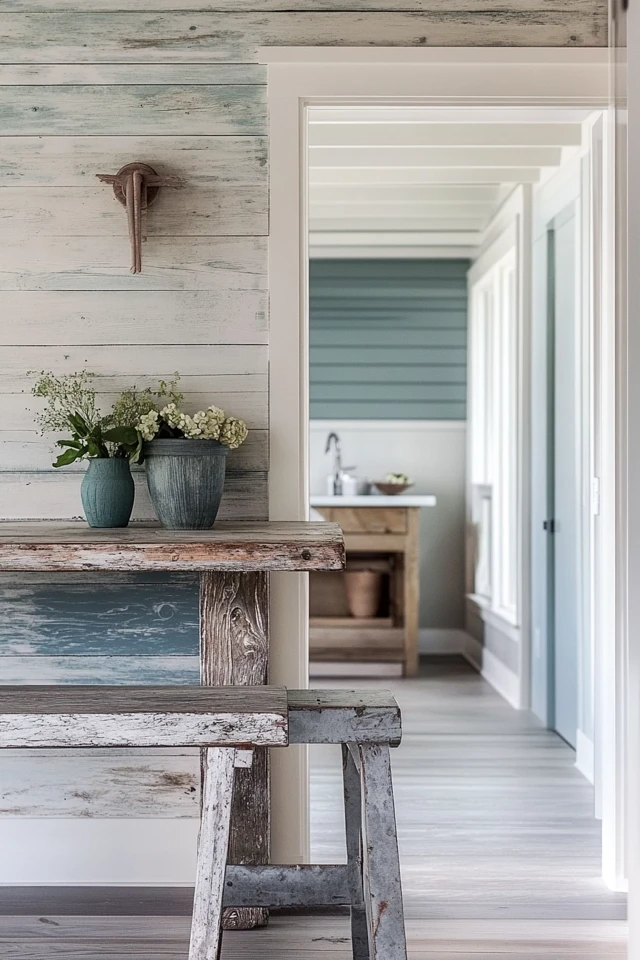Introduction
When life feels overwhelming, nothing compares to retreating to a space that feels calm, inviting, and restorative. Coastal-inspired design is perfect for creating that kind of sanctuary – a space that channels the serenity of the beach with natural materials, soft colors, and an effortless, laid-back vibe. Whether you’re dreaming of a cozy reading nook, a serene bedroom, or a tranquil living room, coastal design can help you craft a relaxing oasis.
I discovered the magic of coastal design when I transformed a small corner of my home into a personal retreat. With a few simple changes – a linen slipcovered chair, a woven rug, and a soft blue throw – the space became my go-to for unwinding with a book or cup of tea. The secret was embracing the coastal principles of simplicity, natural textures, and soothing colors to create a space that felt as peaceful as a walk along the shore.
If you’re ready to create your own laid-back retreat, these 10 coastal-inspired ideas will help you design a space that’s as relaxing as a gentle ocean breeze.
The Perfect Design for You
A laid-back coastal space is perfect for anyone who values comfort, simplicity, and a connection to nature. It’s ideal for creating a bedroom, living room, or reading nook that feels effortlessly stylish and deeply calming. Whether you’re decorating a small apartment or a spacious home, these ideas will help you design a space that invites you to relax and recharge.
Imagine a living room with soft, neutral furniture, a jute rug underfoot, and the gentle glow of lantern-style lighting. Or picture a bedroom with crisp white bedding, sheer curtains fluttering in the breeze, and a touch of greenery in a ceramic pot. A laid-back coastal space is all about simplicity, comfort, and understated elegance.
Picture Gallery
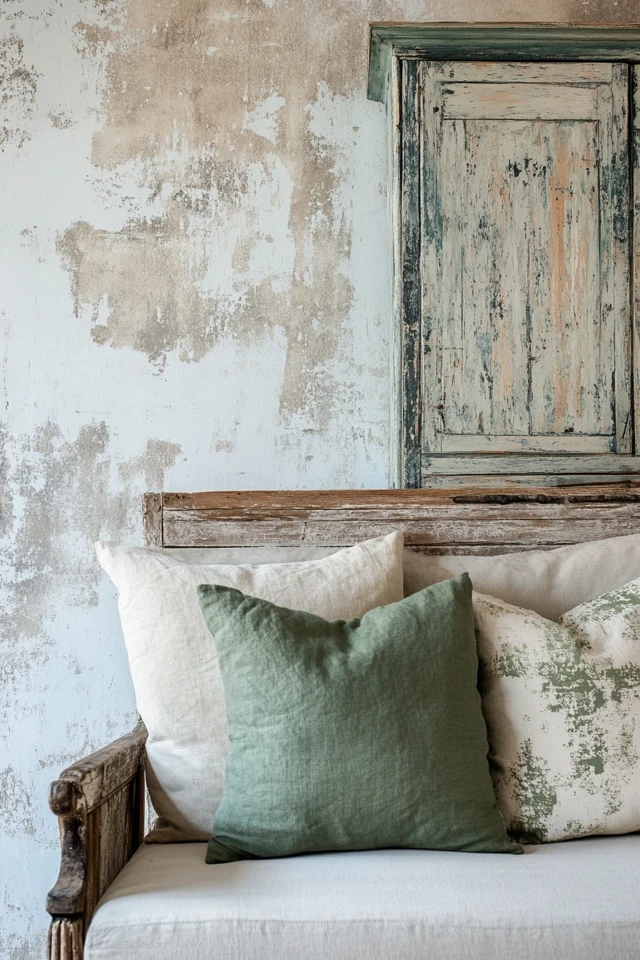

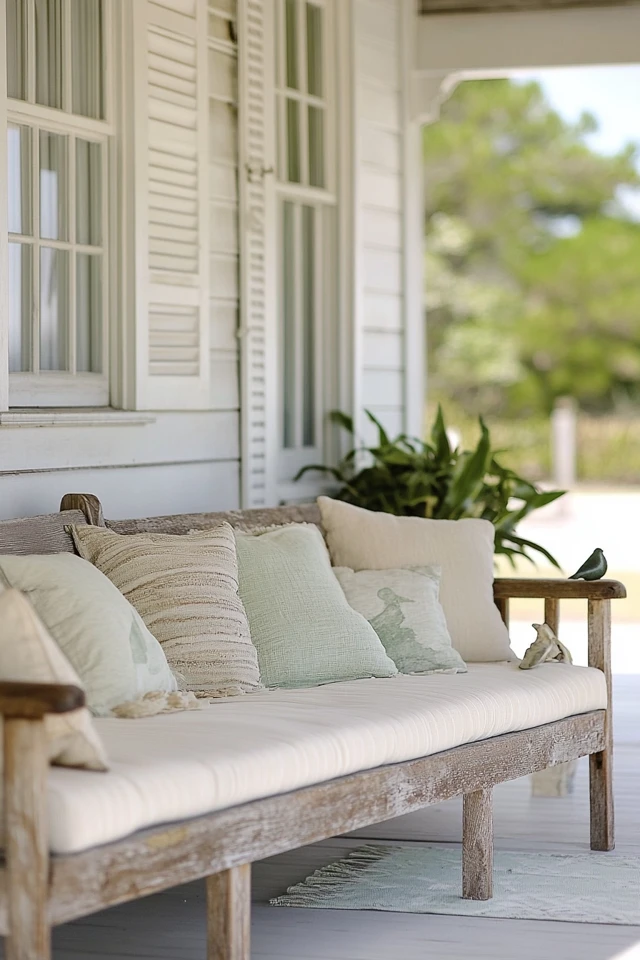

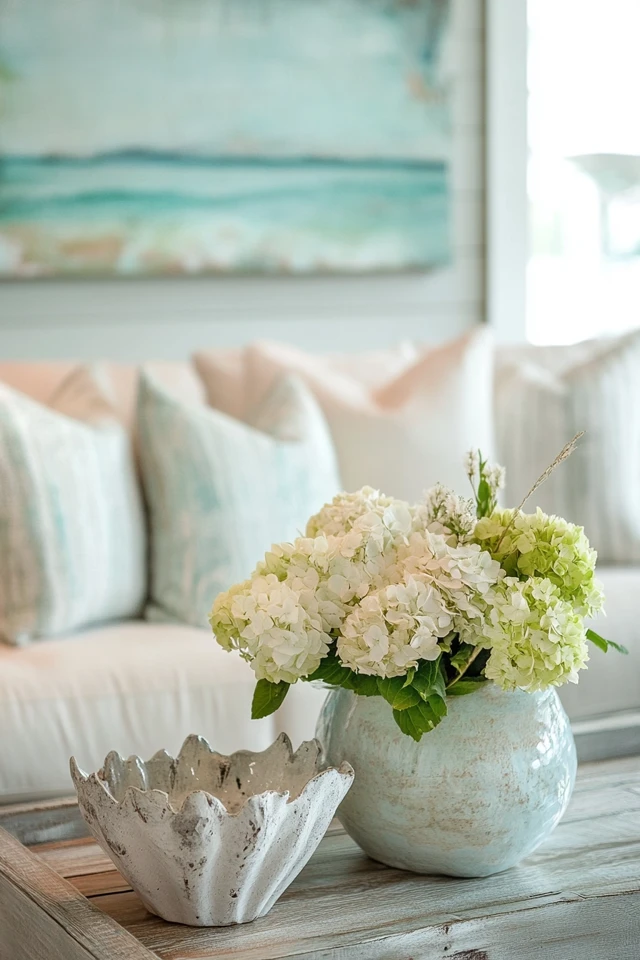
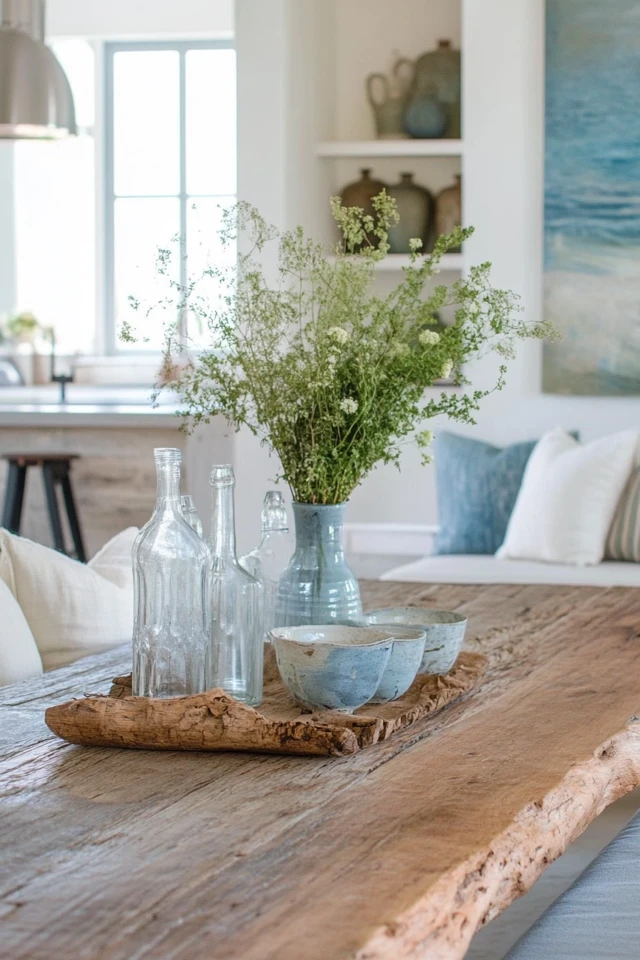

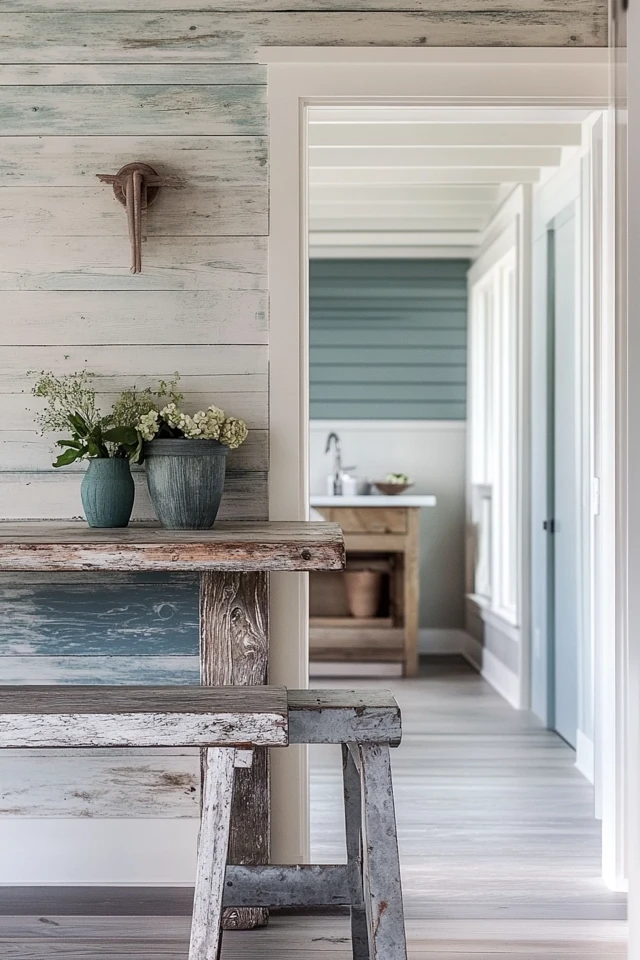
Why Coastal Design is Perfect for Relaxing
Coastal-inspired design has a natural ability to create a sense of calm and ease. Here’s why it works so well for relaxation:
- Soothing Color Palette: Coastal design relies on soft whites, blues, and sandy neutrals that evoke the tranquility of the beach.
- Natural Materials: Materials like linen, wood, and rattan bring warmth and texture, grounding the space and connecting it to nature.
- Minimal Clutter: The simplicity of coastal design emphasizes clean lines and uncluttered spaces, reducing visual stress.
- Comfortable Furniture: Coastal-inspired seating and bedding prioritize comfort, with plush cushions, soft throws, and breathable fabrics.
- Effortless Style: Coastal design’s understated elegance creates a relaxing environment without feeling overdecorated or fussy.
10 Coastal-Inspired Ideas to Create a Laid-Back Space for Relaxing
1. Start with a Soft, Neutral Base
Use whites, creams, and light beiges as the foundation of your design to create a calm and airy atmosphere. Add pops of muted blues or greens for a touch of coastal color.
- Paint Tip: Use “Swiss Coffee” by Benjamin Moore or “Shoji White” by Sherwin-Williams for a neutral backdrop that enhances natural light.
2. Layer Cozy Textures
Add warmth and softness with textured materials like linen curtains, woven rugs, and chunky knit throws. These layers create a tactile, inviting environment perfect for relaxation.
3. Incorporate Natural Wood Accents
Use light or weathered wood for furniture, shelving, or decor to bring an organic, coastal vibe to the space. A driftwood-inspired coffee table or a reclaimed wood bench adds a rustic yet refined touch.
4. Choose Comfortable Furniture
Prioritize comfort with plush seating, like a slipcovered sofa, a tufted armchair, or a daybed layered with cushions. Add extra coziness with oversized pillows in soft, natural fabrics.
5. Use Lighting to Create Ambiance
Soft lighting is key to a relaxing space. Use table lamps with linen shades, lantern-style floor lights, or candles to create a warm, inviting glow. Dimmable fixtures allow you to adjust the mood for ultimate relaxation.
6. Bring in Subtle Coastal Patterns
Incorporate subtle patterns like stripes, geometrics, or botanical prints in throw pillows, rugs, or bedding. These patterns add visual interest while maintaining the calm aesthetic.
7. Add Greenery for a Fresh Touch
Plants bring life and vibrancy to your space, helping you feel more connected to nature. Choose low-maintenance options like snake plants, potted palms, or trailing ivy, and pair them with natural ceramic or woven pots.
8. Decorate with Simple Coastal Elements
Add subtle nods to the coast with decor like a driftwood sculpture, a bowl of seashells, or framed beach photography. Keep it simple to avoid a “themed” look.
9. Incorporate Soft, Breezy Fabrics
Use lightweight, breathable materials like linen or cotton for upholstery, bedding, and window treatments. Sheer curtains enhance natural light while adding to the coastal vibe.
10. Create a Dedicated Relaxation Nook
Designate a cozy corner for unwinding, like a reading nook with a comfy chair, a side table for your tea or book, and a soft rug underfoot. Personalize it with your favorite coastal decor.
FAQ Section
1. How do I make a small space feel relaxing and coastal?
Use light colors to open up the space and keep decor minimal to reduce clutter. Opt for multifunctional furniture, like an ottoman that doubles as storage, and incorporate mirrors to reflect light and create a sense of openness.
2. Can coastal design work in a room without much natural light?
Yes! Use soft, light-colored walls and furniture to brighten the space, and add warm lighting through table lamps or string lights to mimic natural light.
3. How do I balance comfort and style in a coastal space?
Focus on functional, comfortable furniture, and use decor sparingly to keep the space feeling intentional. Layer textures like linen and jute for a cozy look that still feels elegant.
4. What’s the best way to add personality to a coastal space?
Incorporate personal touches like framed photos from beach vacations, handmade ceramics, or meaningful objects that reflect your connection to the coast.
5. How can I make a coastal-inspired space work year-round?
Stick to timeless elements like neutral colors, natural materials, and minimal decor. Add seasonal accents, like fresh flowers in spring or cozy throws in winter, to keep the space feeling fresh.
Variations
- Minimalist Coastal Relaxation: Use clean lines, a monochromatic palette, and only a few well-chosen decor items for a serene, clutter-free space.
- Rustic Coastal Relaxation: Incorporate weathered wood, distressed finishes, and earthy tones for a farmhouse-inspired coastal vibe.
- Luxury Coastal Relaxation: Add high-end materials like marble accents, velvet pillows, and polished brass fixtures for a sophisticated, indulgent retreat.
- Boho Coastal Relaxation: Layer colorful textiles, macramé decor, and eclectic patterns for a playful yet cozy space.
- Outdoor Coastal Relaxation: Create a serene patio or balcony with teak furniture, outdoor rugs, and potted plants, perfect for unwinding in the fresh air.
Conclusion
Creating a laid-back, coastal-inspired space is about more than just design – it’s about crafting an environment where you can truly relax and recharge. By combining soft colors, natural materials, and comfortable furniture, you can transform any room into a serene retreat that feels like a getaway, no matter where you live.
Whether you’re styling a cozy bedroom, a tranquil living room, or a small reading nook, these 10 ideas will help you achieve a coastal vibe that’s calming, inviting, and effortlessly stylish. I’d love to see how you’ve designed your laid-back coastal space – share your photos and ideas, and let’s inspire each other to create homes that feel as peaceful as the ocean itself!

